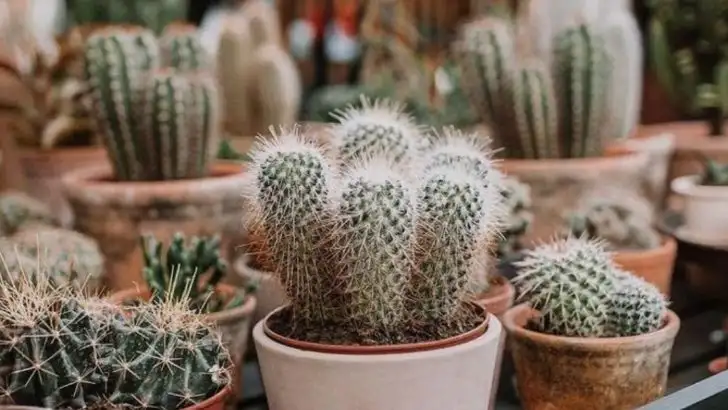More water doesn’t always mean better blooms. In fact, some plants actually thrive on a little neglect—too much watering can weaken them or reduce flowering. If you’ve been over-caring for certain plants, pulling back might bring surprising results.
These 12 plants are adapted to dry conditions and respond with stronger growth and brighter blooms when left to their own rhythm. By cutting back on watering, you’ll not only save time and resources—you’ll also help your garden look its best.
In this article, discover 12 plants that bloom better without watering—perfect for gardeners who want more flowers with less effort.
Lavender

Lavender, known for its aromatic fragrance, doesn’t need much water to thrive. This plant loves well-drained soil and plenty of sunlight. Once established, it’s quite drought-tolerant. Lavender can be a wonderful addition to any garden, adding both beauty and a calming scent. Its purple flowers attract bees and butterflies, making it great for pollinators.
Prune lavender regularly to promote bushy growth and prevent it from becoming too woody. Whether used in culinary dishes or as a natural air freshener, lavender’s versatility is unmatched. Reduce watering to keep it healthy and vibrant.
Succulents
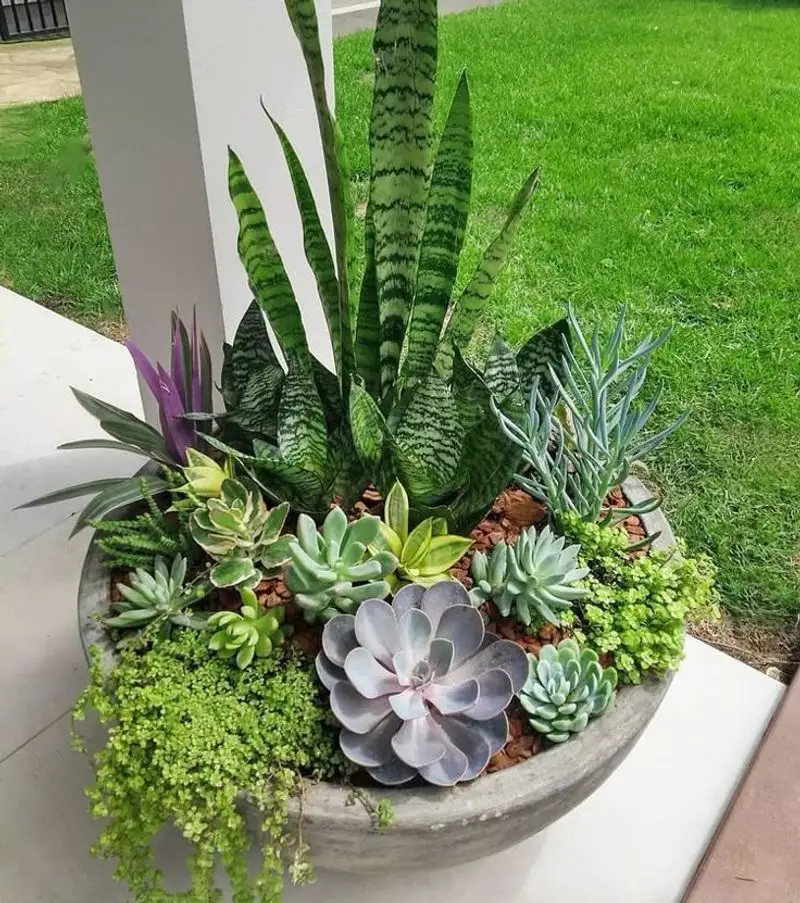
Succulents are the epitome of low-maintenance plants. These plants store water in their thick leaves, allowing them to survive in arid environments. A favorite among busy plant enthusiasts, succulents require minimal care.
Place them in a sunny spot and let the soil dry out between waterings. Overwatering can lead to root rot, so it’s better to err on the side of underwatering. Succulents come in various shapes and sizes, making them perfect for creative displays. With their unique textures and colors, they add a modern touch to any home or garden.
Cacti
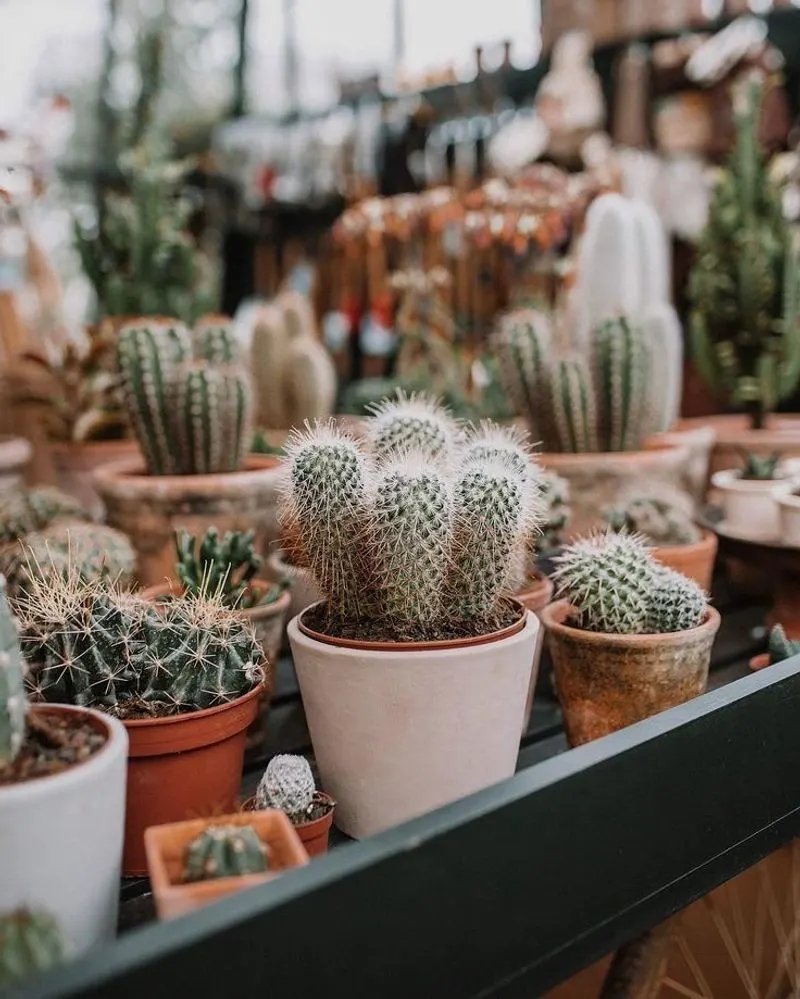
Cacti are iconic symbols of resilience in the plant kingdom. Their spiny exteriors are adaptations to conserve water in the harshest conditions. When choosing cacti for your home or garden, remember they need very little water.
Position them in bright light and allow the soil to become completely dry before watering. Cacti are perfect for those who travel often or forget to water regularly. With a vast array of species to choose from, they can be both decorative and functional. Bring a piece of the desert into your home with these fascinating plants.
Yucca

Yucca plants are tough, striking, and surprisingly easy to care for. With sword-like leaves, they add architectural interest to gardens. Yuccas are highly drought-tolerant and thrive in poor, sandy soils.
These plants prefer full sun and require very little water once established. In fact, overwatering can be detrimental to their health. Yuccas bloom with tall, dramatic flower spikes that add a unique flair to any landscape. Hardy and adaptable, yuccas are excellent choices for xeriscaping, creating visually appealing, water-efficient gardens.
Oleander
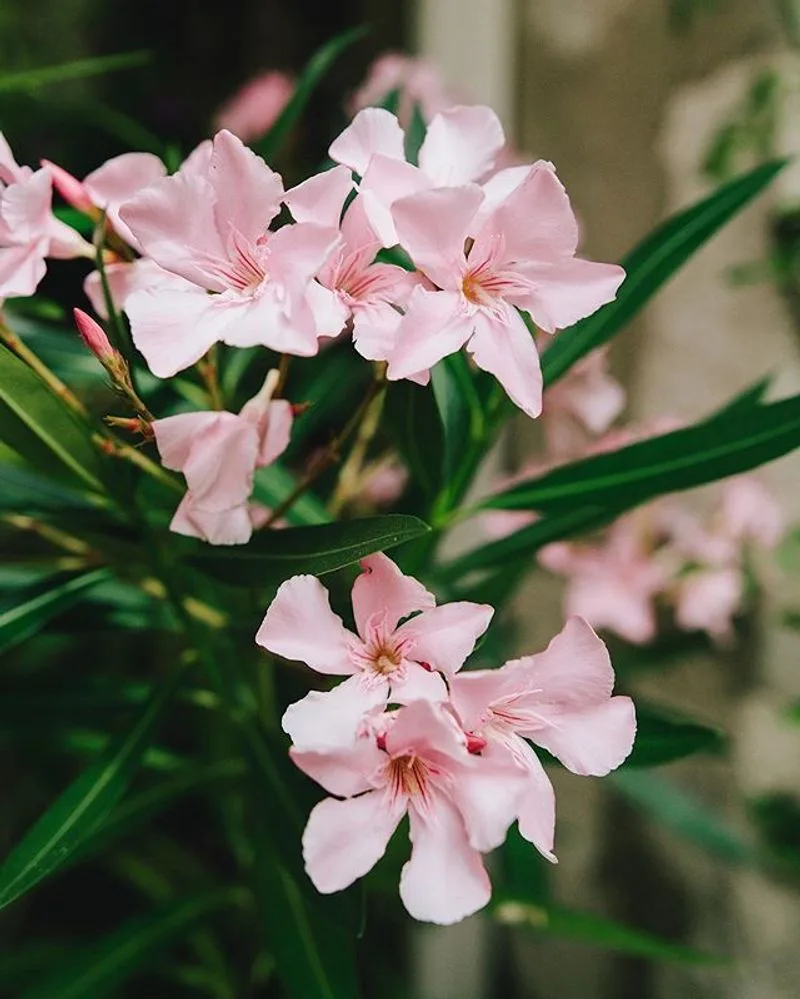
Oleander is not only beautiful but also remarkably drought-resistant. This evergreen shrub boasts vibrant blooms and thrives in sunny locations. Once rooted, oleander can withstand dry spells, making it suitable for regions with limited rainfall.
However, remember that all parts of the plant are toxic, so handle with care. Regular pruning helps maintain its shape and encourages more blooms. Oleander’s stunning flowers can range from white to deep pink, offering a colorful display throughout the warmer months.
Bougainvillea
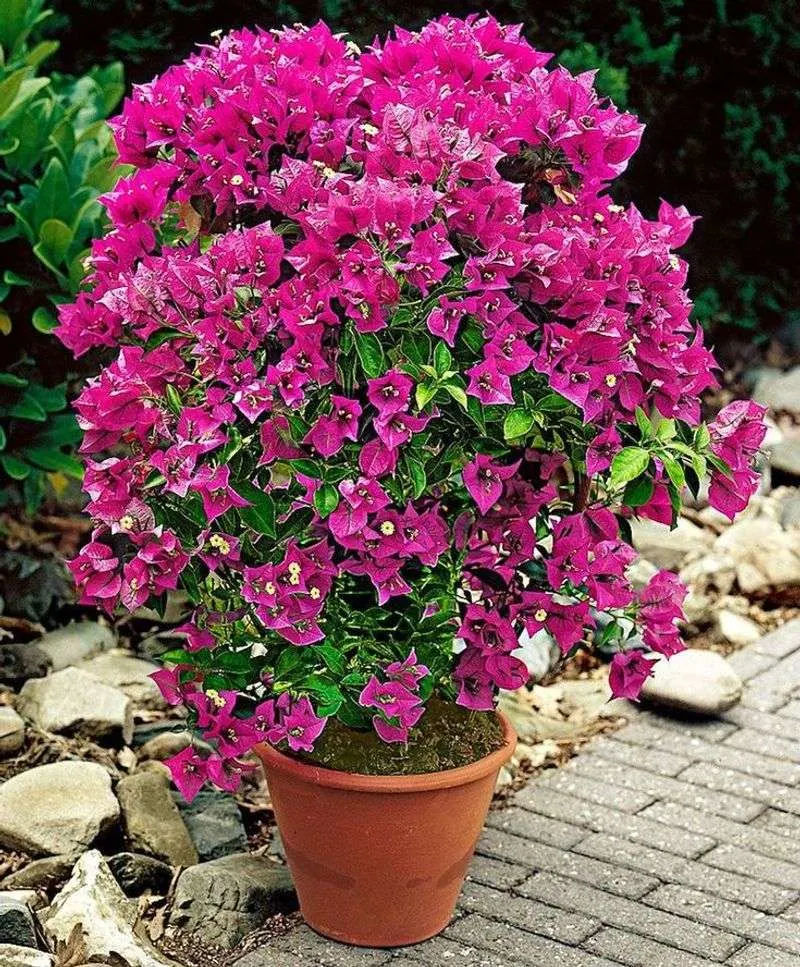
Bougainvillea’s striking bracts are what make it stand out in any garden. These plants flourish in dry conditions and are perfect for adding a burst of color to walls or fences. Once established, bougainvillea requires minimal watering.
Ensure they receive full sun, as this promotes more vivid blooms. Pruning keeps them in check and encourages new growth. While they’re relatively easy to care for, it’s essential to handle with gloves due to their thorns. Bougainvillea’s vibrant display is a sight to behold, even in the driest climates.
Sedum
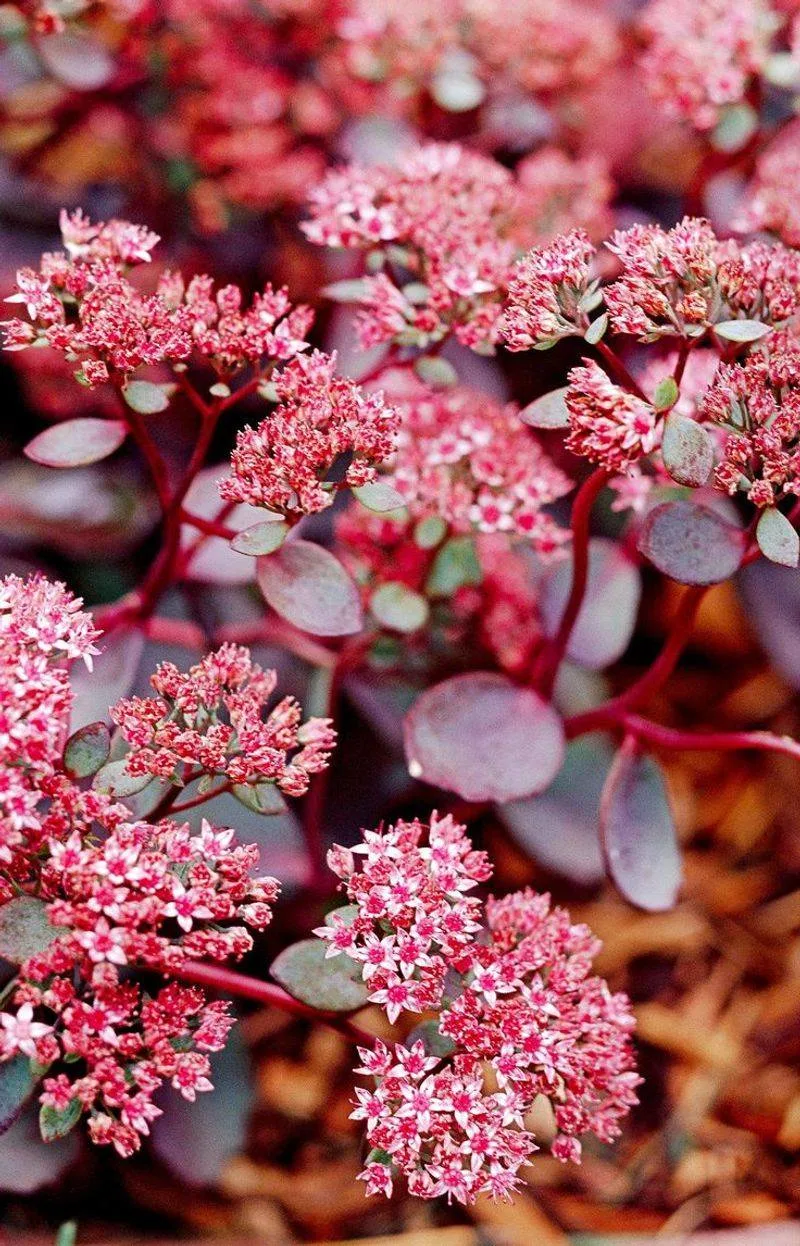
Sedums, commonly known as stonecrops, are perennial favorites for rock gardens. These plants are adaptable, thriving in dry, poor soils where others might struggle. Sedums form dense mats or upright clusters, offering a range of textures and colors.
They require little care and are highly drought-tolerant once established. Full sun and well-draining soil ensure they thrive. Sedum’s vibrant flowers attract pollinators, contributing to a healthy ecosystem. Whether used as ground cover or in container gardens, sedums are versatile and hardy plants.
Russian Sage
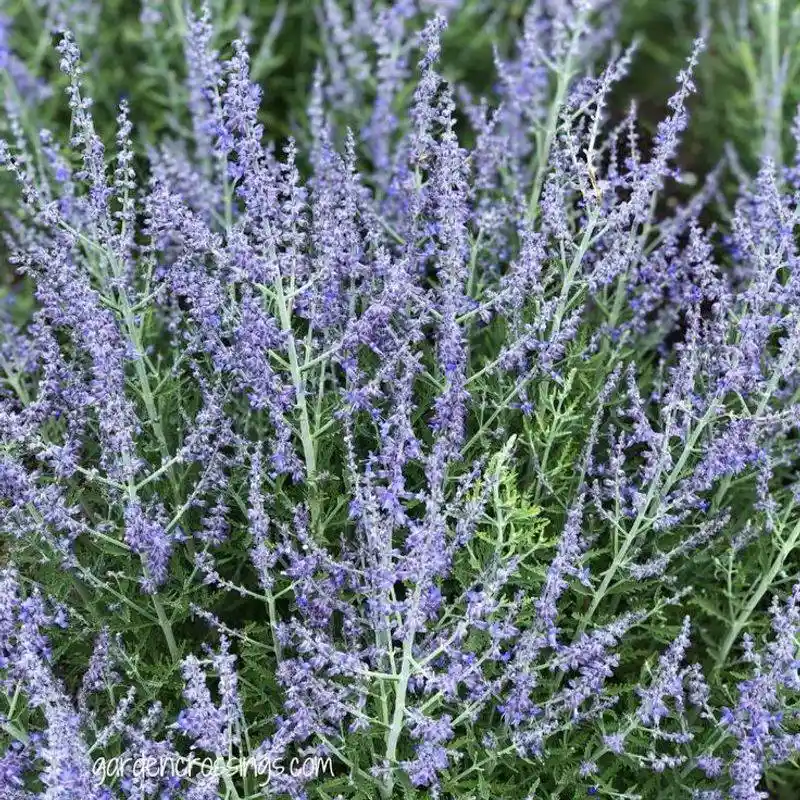
Russian sage is a standout with its airy, spiky blooms and silvery foliage. This plant is as tough as it is beautiful, thriving in hot, dry conditions. Russian sage is perfect for adding height and texture to gardens.
Once established, it requires minimal watering, making it an eco-friendly choice. Its aromatic leaves and long-lasting flowers attract bees and butterflies. Plant in full sun for best results. Russian sage’s ethereal appearance and drought resistance make it a favorite among gardeners seeking low-water options.
Portulaca
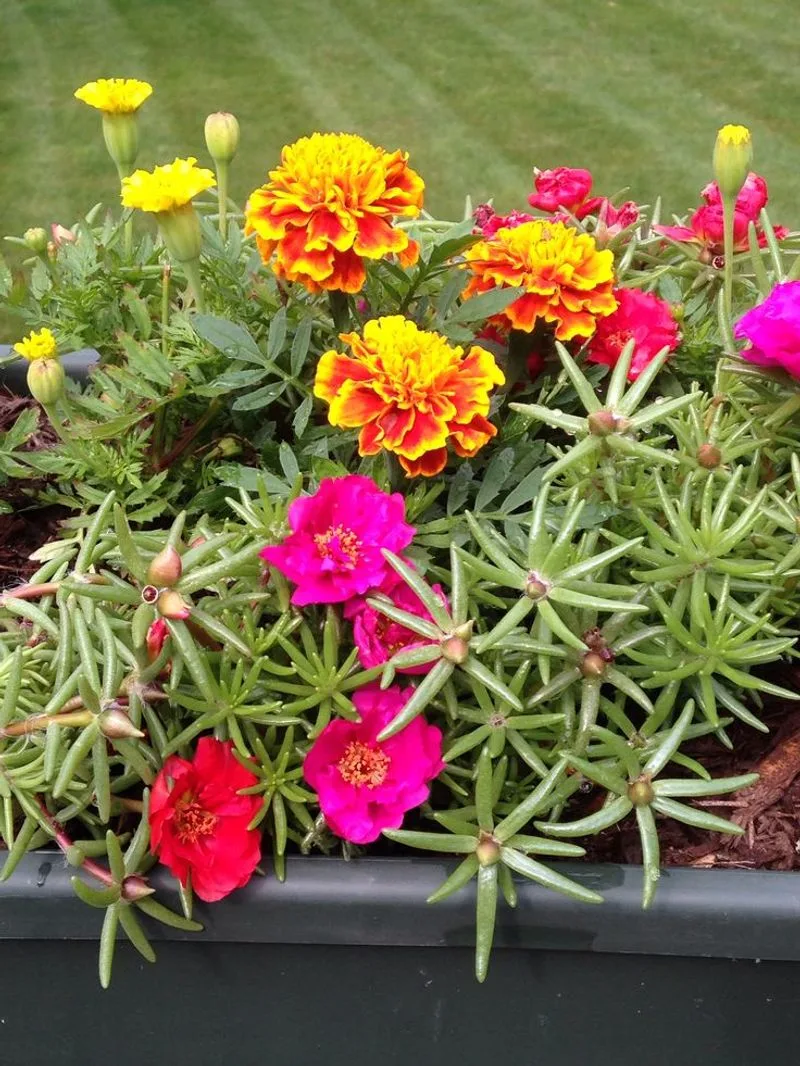
Portulaca, or moss rose, is a delightful addition to any garden with its vibrant, cup-shaped flowers. Known for thriving in dry, sandy soils, portulaca requires very little water once established.
These sun-loving plants open their blooms during the day, closing at night or in cloudy weather. Perfect for borders or containers, their low-growing habit adds a splash of color to any space. To encourage continuous blooming, plant portulaca in full sun and avoid overwatering. Their resilience and beauty make them a summer garden staple.
Agave
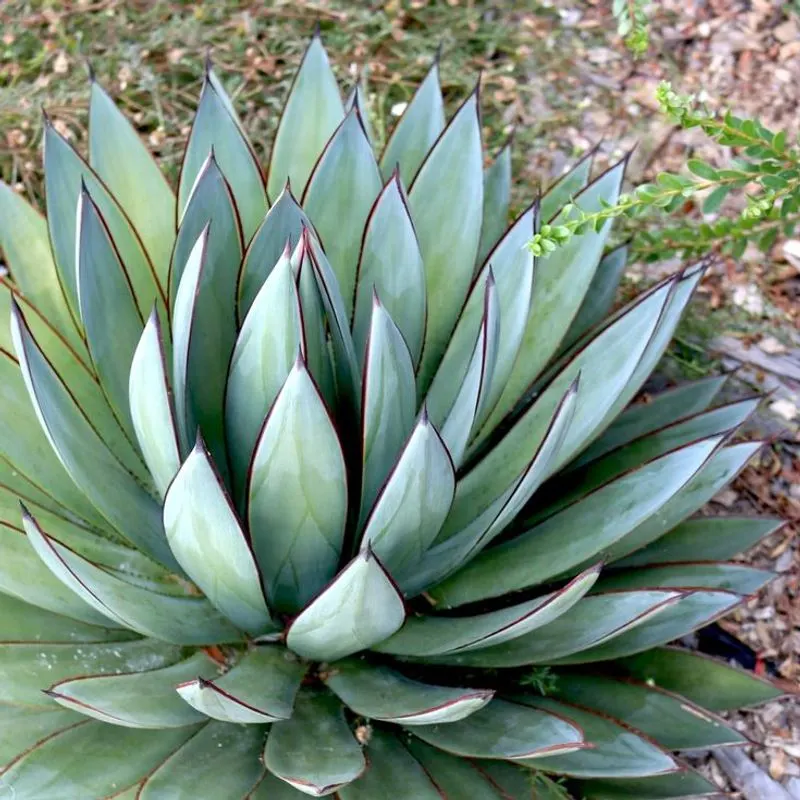
Agave plants are architectural wonders with their striking rosettes of sharp, fleshy leaves. These succulents are incredibly drought-tolerant, thriving in arid conditions where others might falter.
Agaves require full sun and well-draining soil to flourish. They store water in their leaves, enabling them to survive long periods without irrigation. While some species can grow quite large, others remain compact, suitable for container gardening. Agave’s dramatic presence and low water needs make it a standout in xeriscaping efforts.
Creeping Thyme
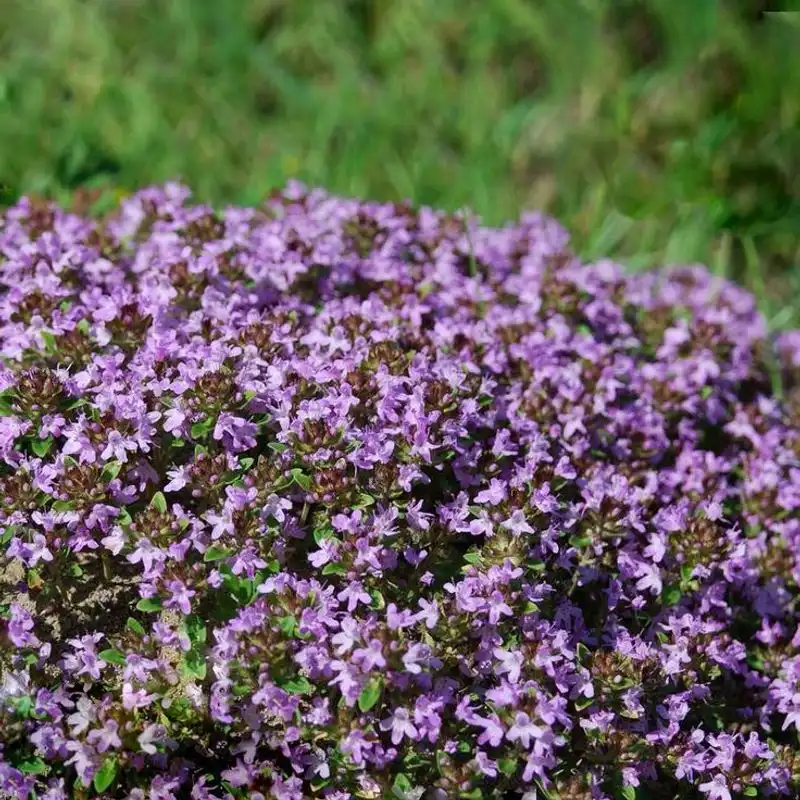
Creeping thyme is a charming ground cover that doubles as a culinary herb. Its tiny, aromatic leaves and small purple flowers create a lush carpet in gardens. Thriving in dry, well-drained soil, creeping thyme is ideal for rock gardens and pathways.
Once established, it requires very little water, making it a practical choice for low-maintenance landscapes. Its fragrant leaves release a pleasant aroma when stepped on. Creeping thyme’s versatility and drought tolerance make it a favorite for gardens aimed at sustainability.
Sage
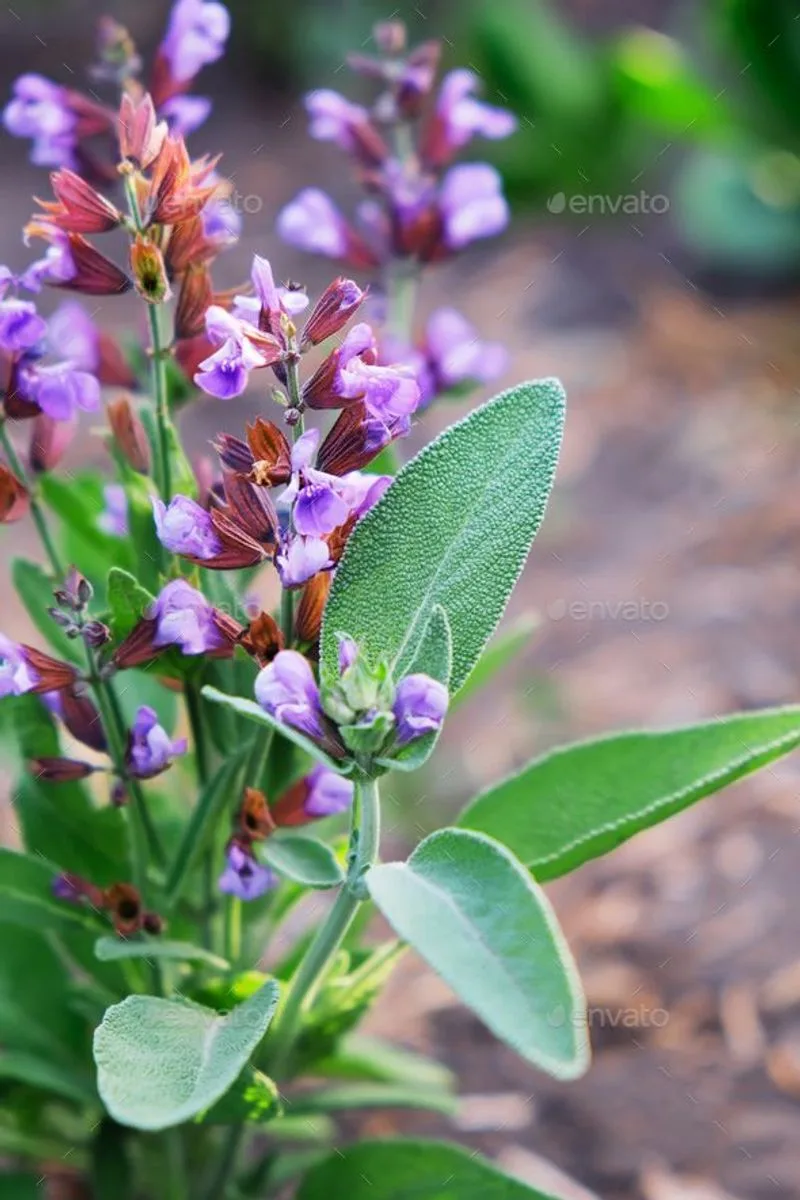
Sage is a beloved herb for its culinary uses and its drought tolerance. With its soft, gray-green leaves and purple flowers, sage adds both beauty and functionality to gardens.
This hardy plant thrives in full sun and well-drained soil. Once established, sage requires minimal watering, making it a sustainable choice for herb gardens. In addition to its culinary appeal, sage is known for its air-purifying properties. Its resilience and versatility ensure it remains a staple in gardens around the world.

